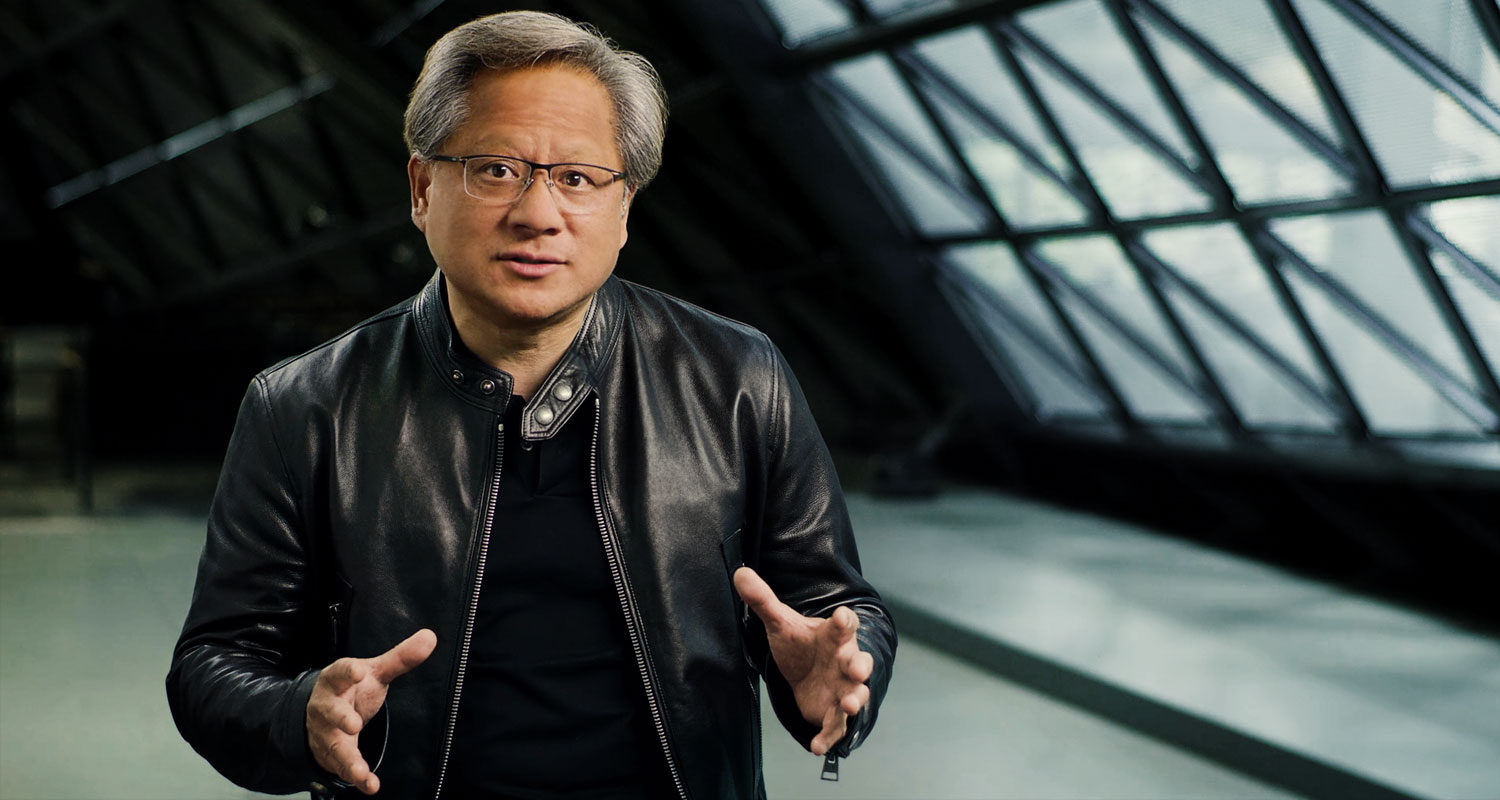
Nvidia CEO Jensen Huang unveiled a new batch of products and services tied to artificial intelligence, looking to further capitalise on a frenzy that has made his company the world’s most valuable chip maker.
The wide-ranging new line-up includes an AI supercomputer platform called DGX GH200, which will help tech companies create successors to ChatGPT, Huang told the audience at the Computex show in Taiwan. Microsoft, Meta Platforms and Google are expected to be some of the first users of that equipment.
Nvidia also is teaming up with WPP to use AI and the metaverse to lower the cost of producing advertising. It’s releasing a networking offering that’s designed to turbocharge the speed of information within data centres. And the company is even looking to change how people interact with videogames: a service called Nvidia ACE for Games will use AI to enliven background characters and give them more personality.
The flurry of announcements underscores Nvidia’s shift from a maker of computer graphics chips to a company at the centre of the AI boom. Last week, Huang gave a stunning sales forecast for the current quarter — almost US$4-billion above analysts’ estimates — fuelled by demand for data centre chips that handle AI tasks. That sent the stock to a record high and put Nvidia on the brink of a $1-trillion valuation — a first for the chip industry.
The DGX computer is another attempt to keep data centre operators hooked on Nvidia’s products. Microsoft, Google and their peers are all racing to develop services similar to OpenAI’s ChatGPT chatbot — and that requires plenty of computing horsepower. To satisfy this appetite, Nvidia is both offering equipment for data centres and building its own supercomputers that customers can use. That includes two new supercomputers in Taiwan, the company said.
One of the biggest AI bottlenecks is the speed at which data moves within data centres. Nvidia’s Spectrum X, a networking system that uses technology acquired in the 2020 purchase of Mellanox Technologies, will address that issue. And the company is building a data centre in Israel to demonstrate how effective it is.
Nvidia ACE
The WPP partnership, meanwhile, will streamline the creation of advertising content. The UK advertising titan will use Nvidia’s Omniverse technology to create “virtual twins” of products that can be manipulated to customise ads and reduce the need for costly reshoots.
Nvidia’s original business was selling graphics cards to gamers, and it’s returning to that world with the ACE offering. The service will address the problem of NPCs, or non-player characters, the background figures that populate videogames. NPCs typically give repetitive responses with scripted dialogue, and that limited range has made them the subject of ridicule in memes and even the Ryan Reynolds movie Free Guy.
Read: AI and the astonishing rise of Nvidia
Nvidia ACE will listen to what the gamer says to a character, convert into text and then dump that into a generative AI program to create a more natural, off-the-cuff response. The Santa Clara, California-based company is currently testing the service and will add guardrails to ensure that responses aren’t inappropriate or offensive. — Ian King, with Debby Wu and Mayumi Negishi, (c) 2023 Bloomberg LP




